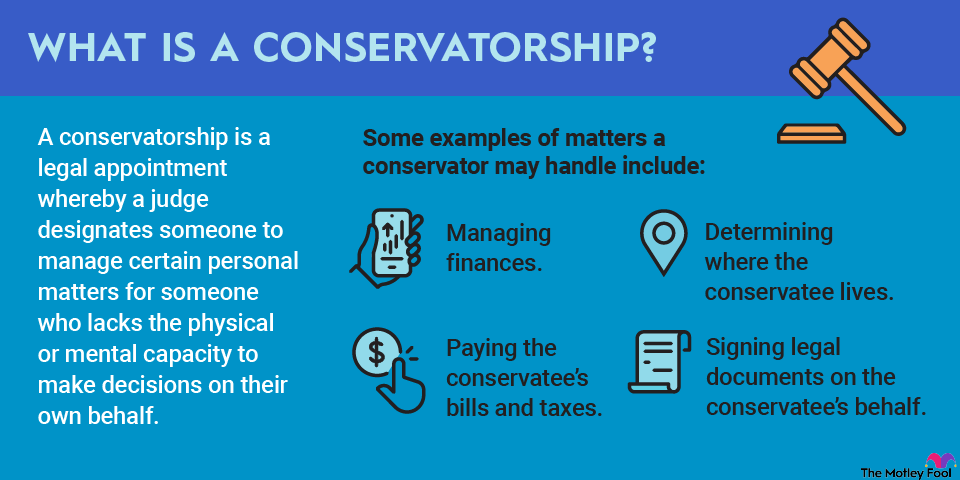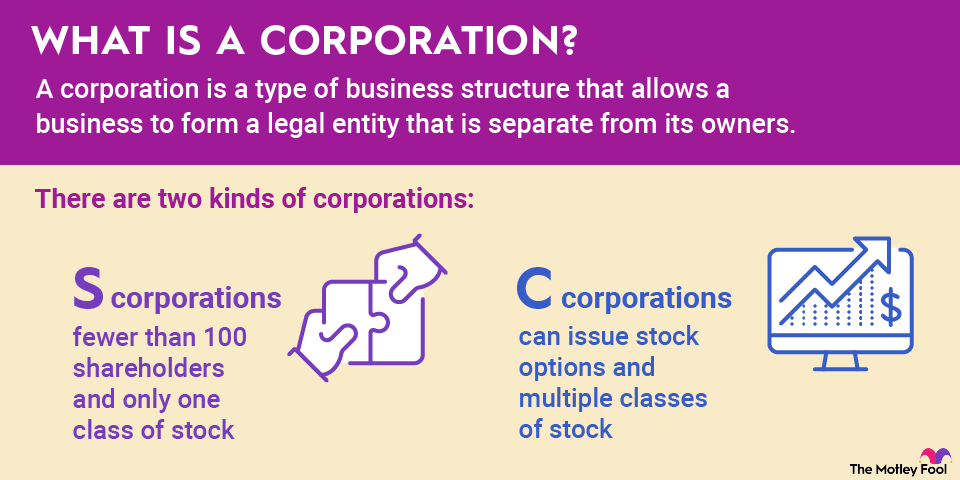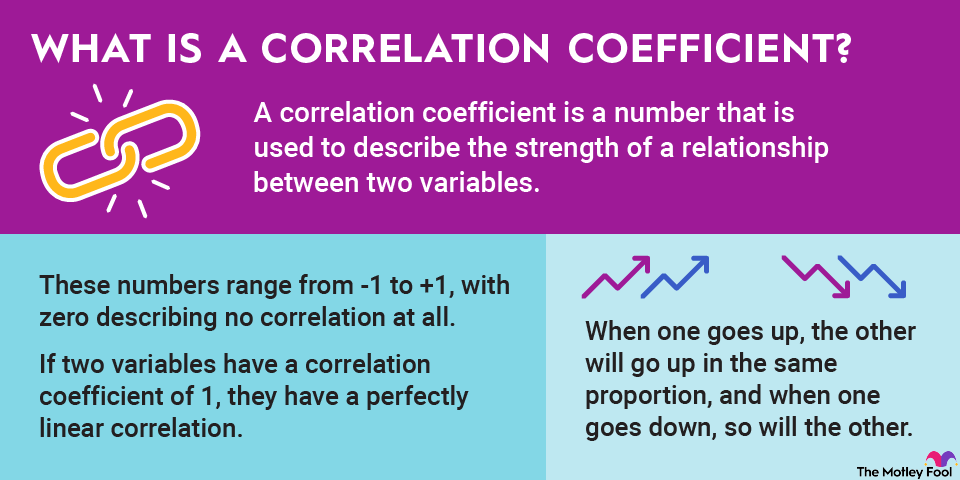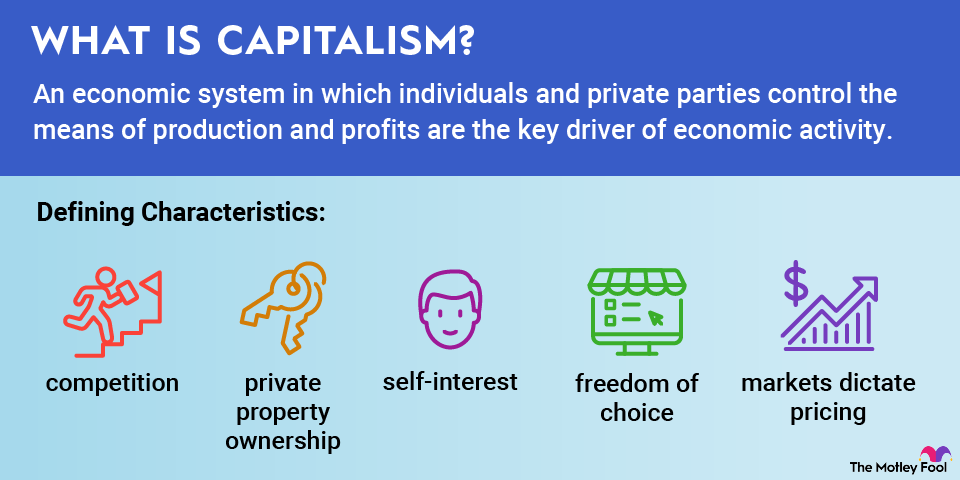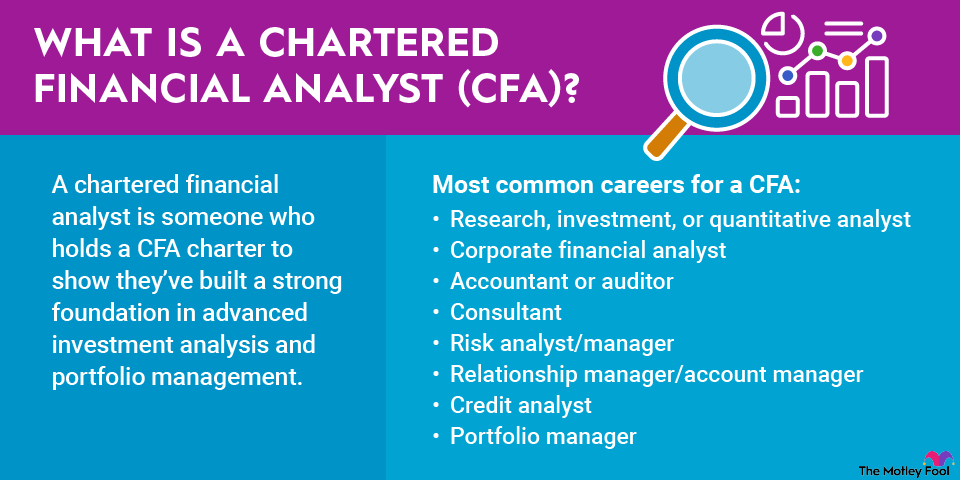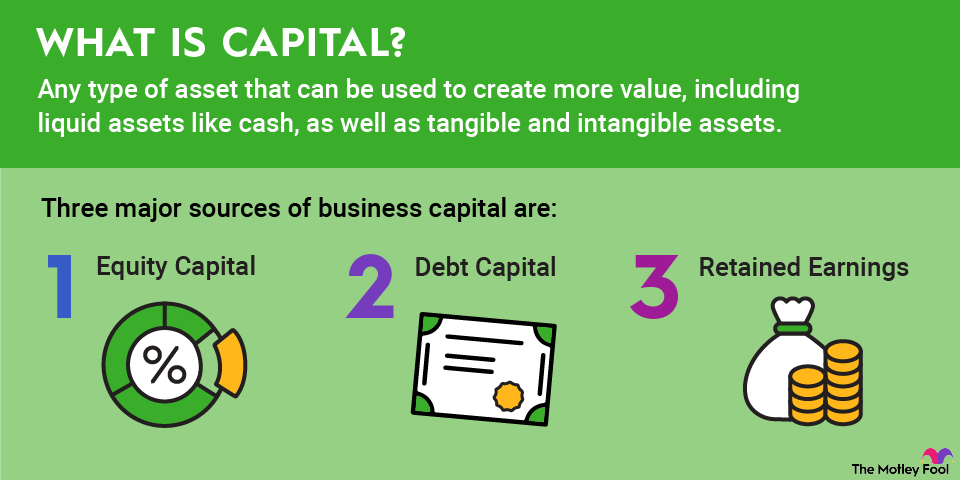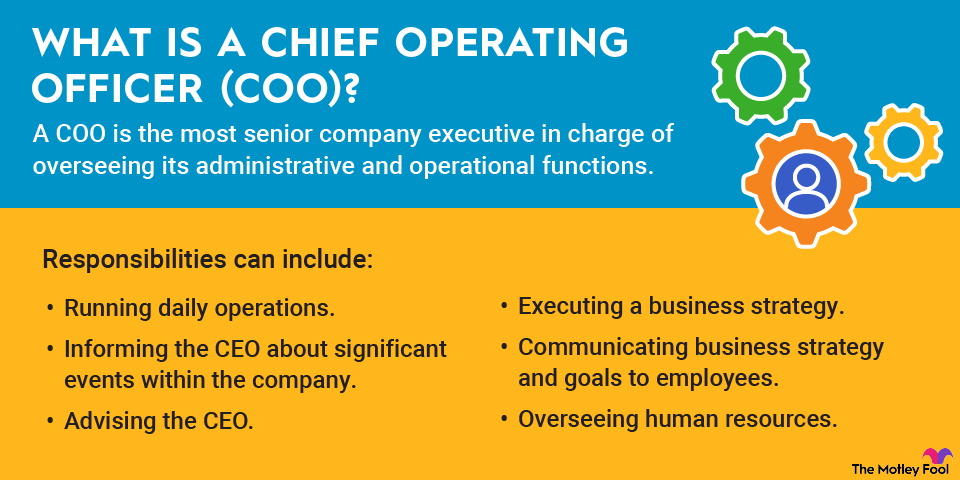If you prefer to invest in funds rather than individual stocks or bonds, there are a lot of different ways to do it. Fund managers also have different options for how to structure the fund; one is to make it a capped fund. The cap refers to a limit on expenses or individual holdings within the fund.
Emergency Fund
What is a capped fund?
A capped fund is an investment fund, generally a mutual fund or an exchange-traded fund (ETF), that has a maximum limit on the operating expenses in the fund, meaning the expenses that investors pay are limited. A capped fund can also refer to a limit on the individual holdings in the fund, ensuring that the fund remains adequately diversified.

How do capped funds work?
There are different kinds of capped funds, and they have different features, depending on what investors want.
Typically, a capped fund has limits on the expense ratio, which ensures investors know how much money they are agreeing to pay for the fund. A capped fund may also limit individual holdings within the investment so that the fund doesn't get overly concentrated in one stock.
Similar to capped funds are closed-end funds, which are created from the beginning with a fixed number of shares and generally traded as ETFs. These funds will not open up to new shares. If you want to sell or buy the shares, you will have to do so through your brokerage as you would with a stock or another ETF.
It's important to read the prospectus for a capped fund so you understand the rules and restrictions that are involved since they can be different from a regular ETF or mutual fund. Caps on expenses can change, and they do expire.
Advantages of capped funds
The biggest advantage of a capped fund is that you can be assured of how much you are agreeing to pay in fees.
You might think that a capped fund is always better than a non-capped fund, but that's not the case. You have to consider the fund's performance in addition to rules like the expense ratio.
A non-capped fund, which passes along operating expenses to investors, might free up the fund manager to take more risks or spend more on research to gain a competitive advantage and drive better performance.
A capped fund can also ensure that no single holding gains too much leverage in the fund. This is beneficial for investors who want to be sure that the ETF or fund they're holding is adequately diversified.
Related investing topics
What's an example of a capped fund?
The S&P runs a capped fund in each of the 11 sectors that it classifies the stock market into.
One of them is the S&P Select Sector Capped 20% Technology Index. In this case, the cap is a reference to the weighting within the fund. No stock can have a weight of more than 19%.
This kind of cap can be useful in a sector where there are several stocks trading in the trillion-dollar market cap range, like technology, or where a handful dominate the industry.
Generally speaking, a capped fund is likely to be a better fit for an investor who wants to avoid being surprised by fees, and for one who wants a guarantee that the fund will remain diversified.
